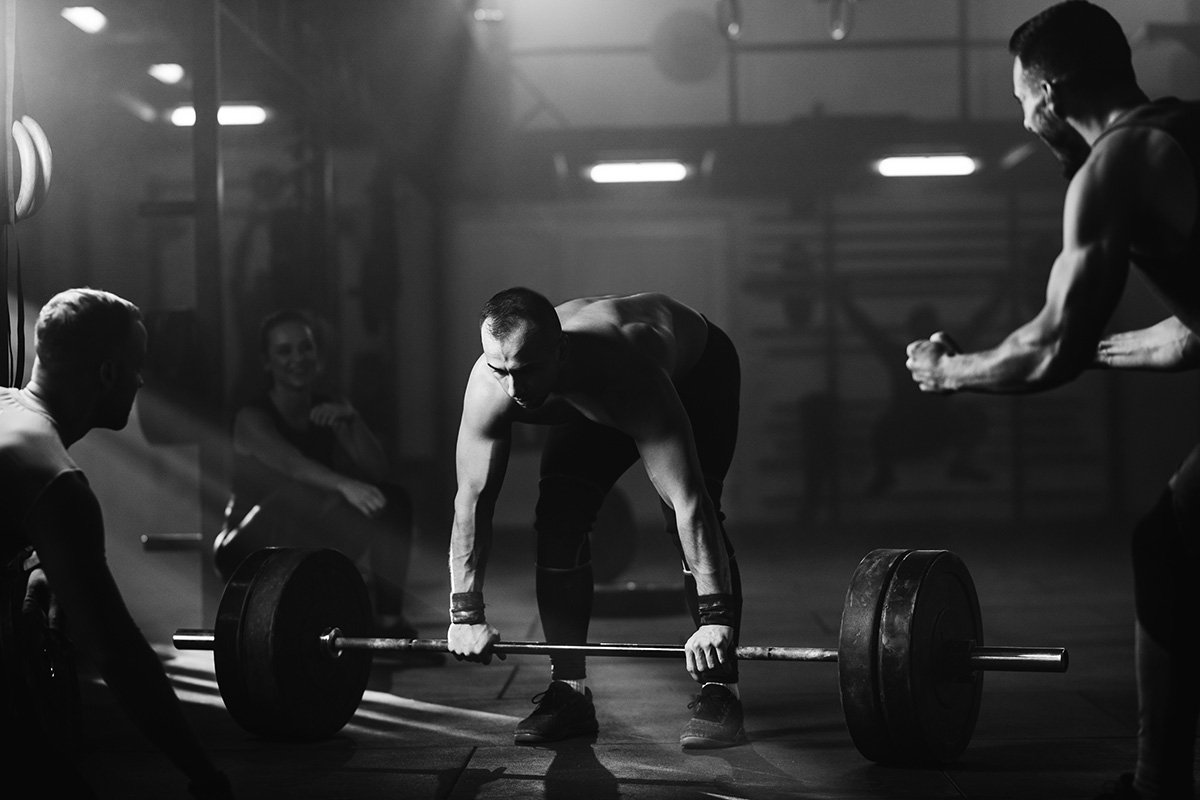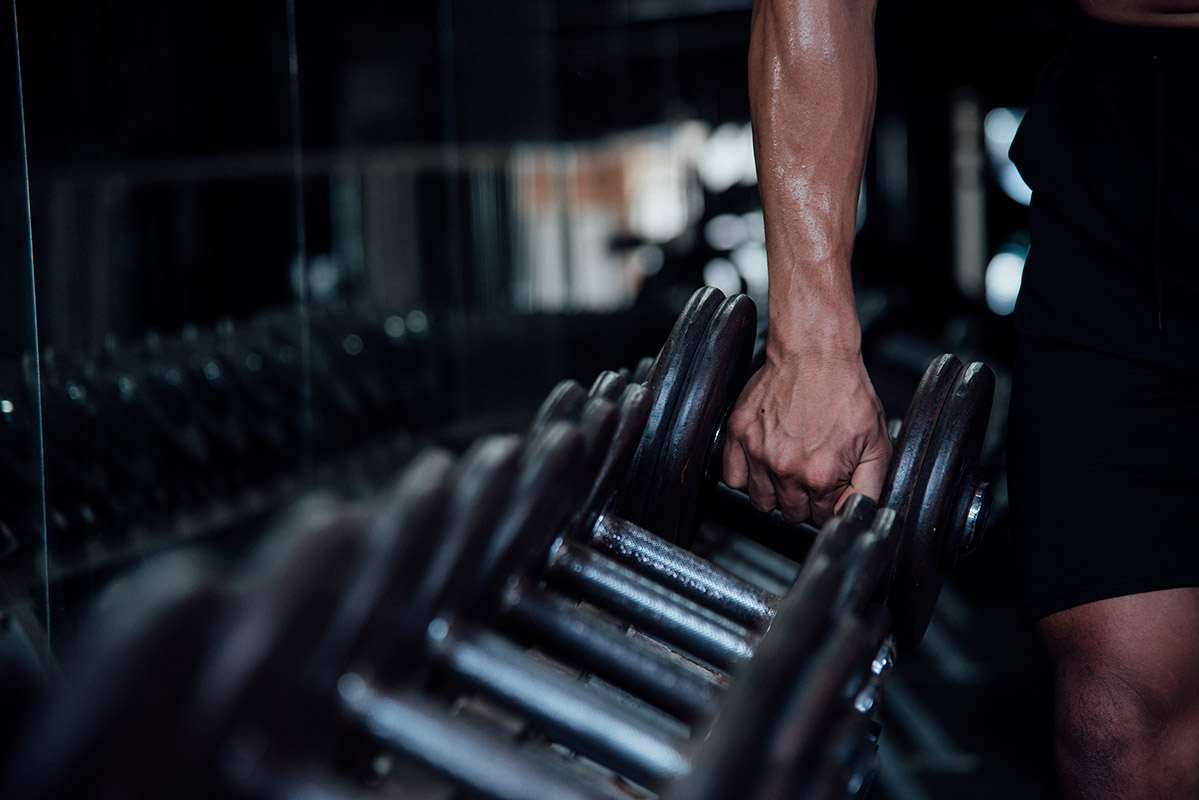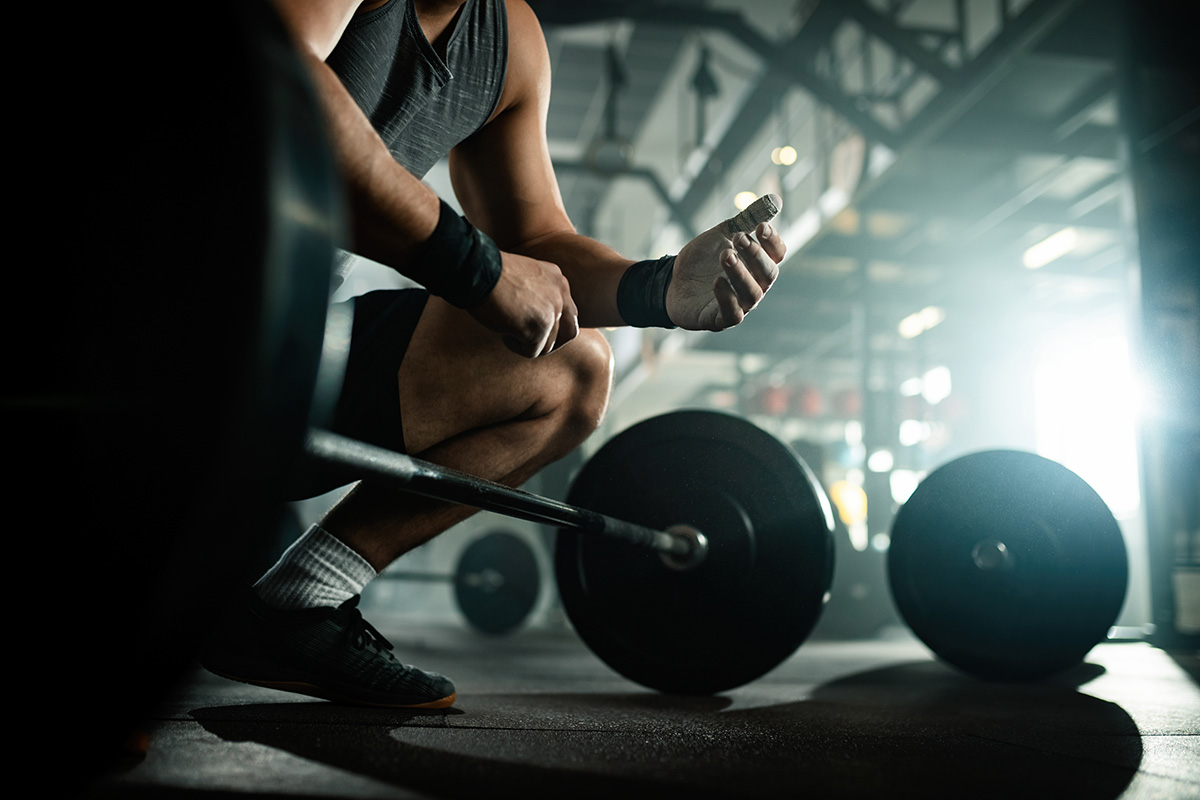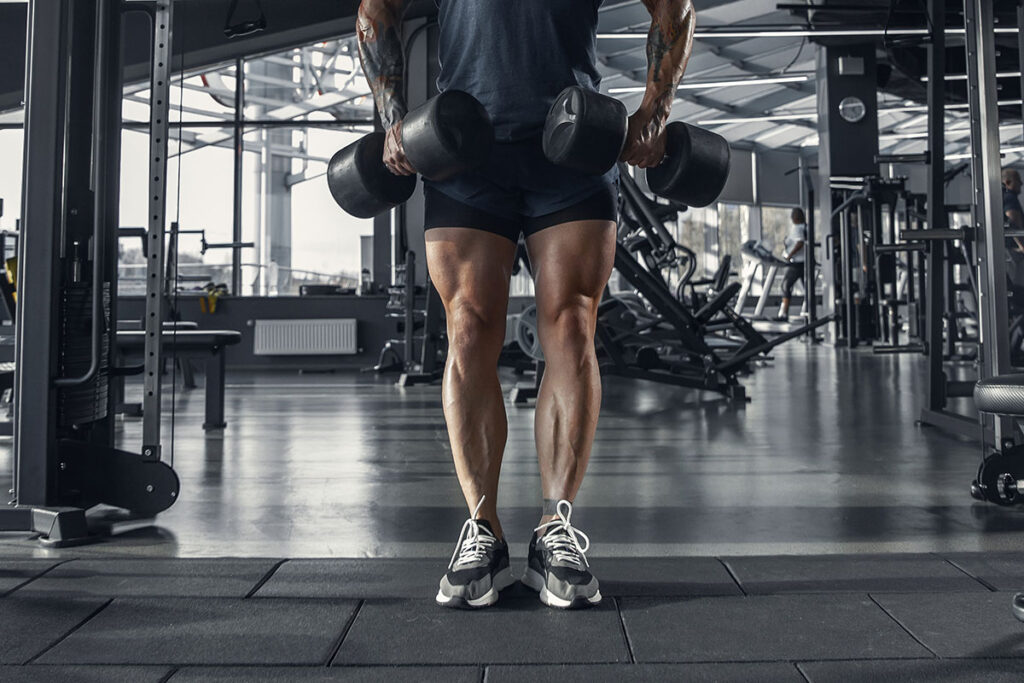

In both the athletic and rehabilitation worlds, a transformative principle has increasingly garnered attention: the 1%ers rule. At its core, this rule embodies the idea that continuous, incremental progress—whether it be adjustments in one’s training routines, mindset, or daily habits – can coalesce over time to yield significant and measurable outcomes. For those passionate about their physical pursuits, this isn’t just about peak performance; it’s about sustainable, long-term health. When applied to the domain of lower limb stability, the principle accentuates the profound importance of paying heed to the lesser-known stabilising muscles. Instead of solely focusing on the major muscle groups, giving attention to these nuances can create a ripple effect. By fortifying these foundational areas, not only do we pave the way for enhanced athletic capabilities, but we also craft a robust defence against potential injuries, thereby promoting longevity in our chosen physical disciplines.
Across the vast spectrum of sports and physical activities, injuries targeting the lower limbs consistently emerge as a dominant concern. This recurrent trend is not merely coincidental but is often rooted in the subtle neglect of stability within the lower body. Such instability, in many instances, stems from the insufficient conditioning of crucial stabilising muscles. When these muscles remain underdeveloped, they can give rise to biomechanical imbalances and vulnerabilities. This, in turn, amplifies the potential for injuries, underscoring the importance of a holistic approach to training and injury prevention that incorporates these often-overlooked muscle groups.

Adductors: The adductors, a group of muscles situated on the inner thigh, frequently get overshadowed by their more prominent counterparts like the quadriceps or hamstrings in many conventional workout routines. However, their role in ensuring hip stability and controlling the medial movement of the leg cannot be overstated. A strong set of adductor muscles not only reduces the risk of debilitating injuries such as groin strains but also optimises the biomechanics of leg movement, ensuring fluidity and efficiency in actions like running, jumping, and even simple tasks like walking.
1. Begin by positioning yourself sideways next to a raised platform, like a bench or step.
2. Place the ankle of your top leg on the platform, keeping your foot flexed.
3. Support your upper body with your bottom elbow placed firmly on the ground, ensuring your shoulder, elbow, and wrist align vertically.
4. Lift your bottom leg off the ground, bringing it into alignment with the top leg.
5. Hold this position, keeping your body in a straight line from head to heels.
6. Maintain the hold for the desired duration before switching sides.
Incorporating the Copenhagen hold into regular training regimes can significantly bolster the strength and stability of the adductor muscles. By doing so, athletes can pave the way for improved lower limb stability, reduced injury risk, and optimised movement mechanics.
Soleus: Often overshadowed by its more prominent counterpart, the gastrocnemius, the soleus muscle is integral to many fundamental movements. It is nestled deep in the calf and is instrumental in foot plantar flexion, making it critical for activities like walking, running, and jumping. By ensuring a strong and flexible soleus, athletes can derive increased push-off power during dynamic activities such as sprinting or leaping. Furthermore, by enhancing soleus strength, the potential for common overuse injuries, like calf strains or Achilles tendinitis, can be significantly diminished. An exemplary exercise targeting the soleus is the soleus raise.
1. Stand upright with the balls of your feet on an elevated surface, like a step or a block.
2. With a straight knee, lower your heels towards the ground.
3. Raise your heels up by pushing through the balls of your feet.
4. Repeat for the desired repetitions.
Implementing this exercise and others that target the soleus can be a game-changer, especially for athletes and individuals engaged in high-impact sports or activities. It’s a subtle reminder that sometimes the most unassuming muscles can have the most significant impact on overall function and injury prevention.
Ankle Range of Motion (ROM): A versatile joint, the ankle plays a pivotal role in locomotion, balance, and force distribution. Its flexibility can be the difference between a simple stumble and a debilitating sprain. As we advance in our fitness journey, ensuring that the ankle has an optimal range of motion is not just a preventive strategy against injuries but also an enhancer of athletic prowess. One highly effective exercise to improve this is the banded ankle distraction.
1. Begin by securing a resistance band to a sturdy anchor point, ensuring it’s placed at ankle height.
2. Loop the other end of the band around your ankle, standing so that the band is pulling your ankle slightly forward.
3. While keeping the banded foot firmly on the ground, gradually lean and shift your weight forward. This will create a gentle pull, causing a distraction in the ankle joint.
4. As you lean forward, you should feel a stretch in the front part of your ankle. Make sure to keep your heel grounded throughout the movement.
5. Hold this position for 20-30 seconds, then release and switch to the other ankle.
Regularly incorporating the banded ankle distraction, along with other mobility exercises, not only promotes an enhanced range of motion in the ankle but also fosters a more stable and resilient foundation for diverse physical activities.
Gluteus Medius: Located on the outer surface of the pelvis, the gluteus medius is more than just an anatomical structure; it’s the powerhouse of stability in the lateral hip region. As we engage in dynamic activities, be it running, jumping, or even walking, the gluteus medius works tirelessly to maintain pelvis level, ensuring an efficient transfer of forces and reducing undue stress on the knees. Given its pivotal role in overall body biomechanics, prioritising its strength is not just beneficial but crucial. An excellent exercise to target this muscle specifically is the frog pump.
1. Start by lying flat on your back on a comfortable surface, like a yoga mat.
2. Bring the soles of your feet together, allowing your knees to fall out to the sides, creating a diamond shape with your legs.
3. Place your arms at your sides, palms facing down.
4. Engage your glutes to lift your hips off the ground, pushing through the outer edges of your feet.
5. At the top of the movement, ensure your hips are fully extended and glutes are engaged. Pause momentarily.
6. Lower your hips back down and repeat the motion.
7. Aim for 3 sets of 12-15 repetitions.
Integrating the frog pump into your exercise routine can be a game-changer in terms of bolstering hip stability, enhancing athletic performance, and mitigating injury risks associated with weak gluteal muscles.

The 1%ers rule isn’t just a guideline; it’s a testament to the power of consistent, incremental progress. In the vast landscape of training and rehabilitation, it’s easy to become overwhelmed by the magnitude of improvements one seeks. However, the elegance of this rule is in its simplicity and the emphasis it places on steady, small gains. By dedicating even a modest portion of one’s training regimen to these stabilisation exercises, the benefits may seem negligible at first, akin to drops filling a bucket. Yet, over days, weeks, and months, these drops collectively form a reservoir. This accumulation not only translates to improved athletic performance and biomechanical efficiency but also weaves a protective web around the athlete, diminishing the likelihood of injuries. Thus, the 1%ers rule becomes a powerful philosophy, reminding us that it’s the consistent, small efforts that forge a robust athletic foundation and resilient physique.
The philosophy behind the 1%ers rule transcends beyond mere numbers; it encapsulates the essence of continuous growth and the immense potential of cumulative effort. By spotlighting the stabilising muscles, particularly those in the lower limbs that have long been relegated to the background in conventional training, we embrace a comprehensive methodology that prioritises every facet of physical well-being. Integrating these nuanced exercises and strategies into our regime doesn’t just enhance athletic prowess; it also fortifies the body’s natural defence against injuries. The intricate tapestry of muscles, tendons, and ligaments is woven stronger with each focused repetition. As we immerse ourselves in this philosophy, we come to recognise that in the pursuit of optimal health and peak performance, it’s the subtle, consistent shifts in our habits and routines that have the most profound impact. Indeed, the journey of a thousand miles begins with a single step, or in the context of injury prevention, a single percentage.
Brughelli, M., & Cronin, J. (2007). Altering the length-tension relationship with eccentric exercise. Sports Medicine, 37(9), 807-826.
Bolgla, L. A., & Uhl, T. L. (2007). Reliability of electromyographic normalisation methods for evaluating the hip musculature. Journal of Electromyography and Kinesiology, 17(1), 102-111.
McKeon, P. O., & Mattacola, C. G. (2008). Interventions for the prevention of first time and recurrent ankle sprains. Clinics in Sports Medicine, 27(3), 371-382.
Grimaldi, A. (2015). Assessing lateral stability of the hip and pelvis. Manual Therapy, 20(3), 434-438.
Hrysomallis, C. (2011). Relationship between balance ability, training and sports injury risk. Sports Medicine, 41(3), 221-232.
Join our community and never miss out on the latest updates and insights in physical training and personal development. By subscribing to our Spectre Performance newsletter, you’ll receive regular, curated content that keeps you informed on all things lifestyle and performance.

